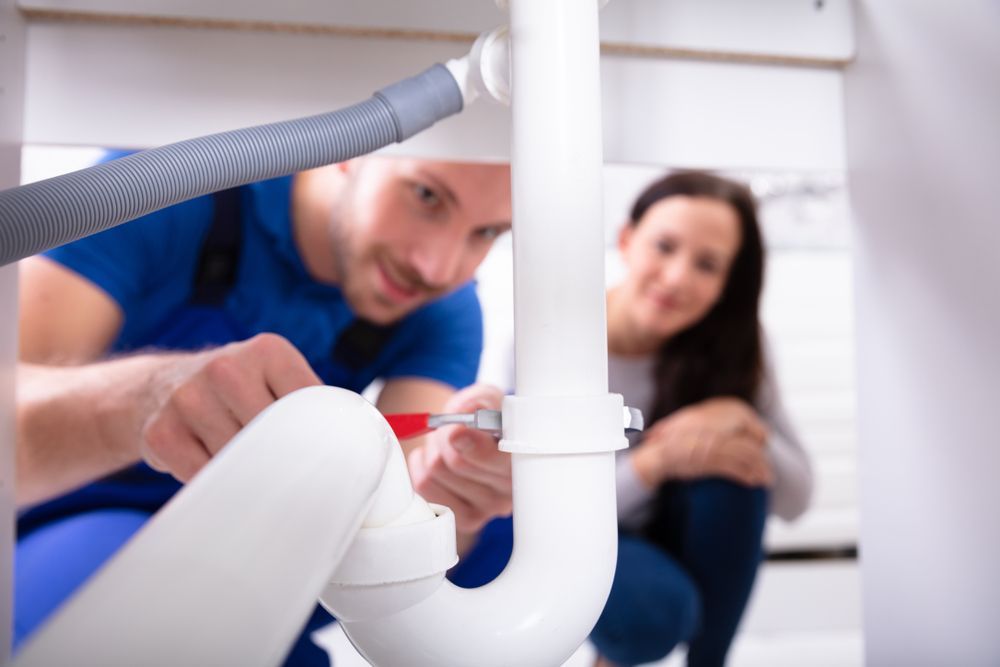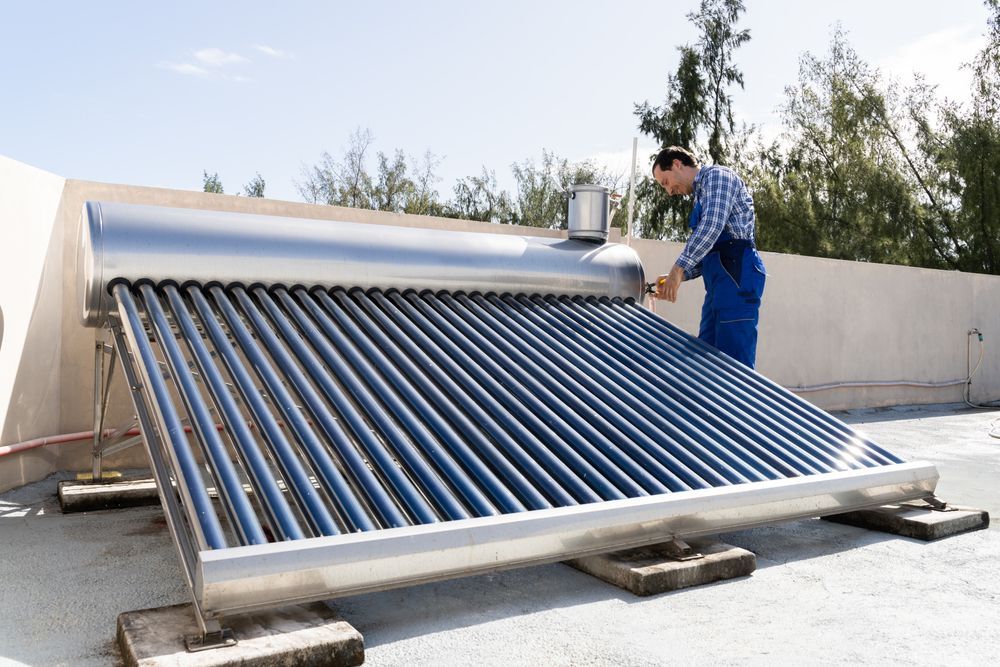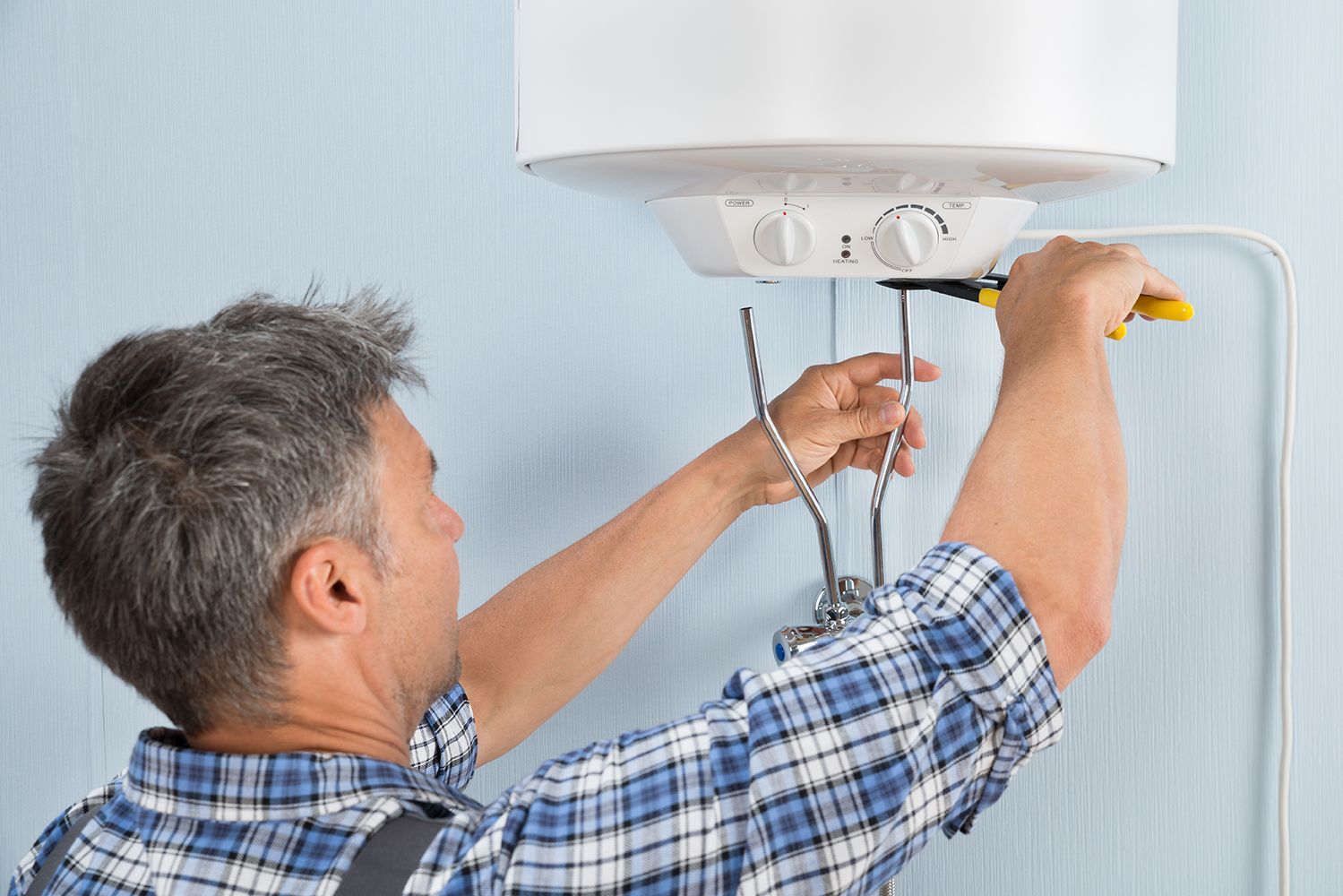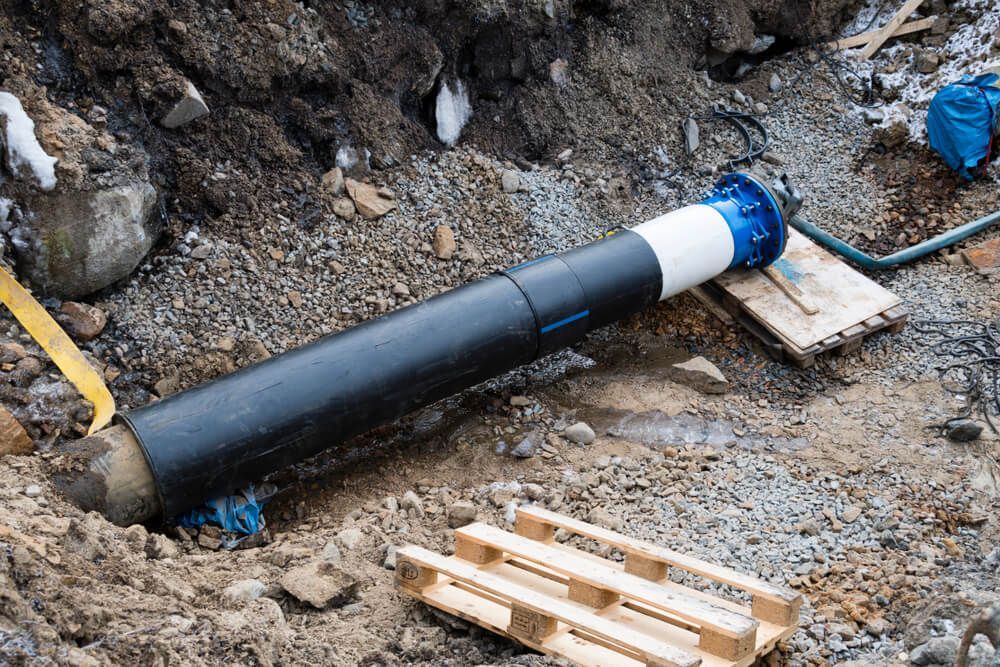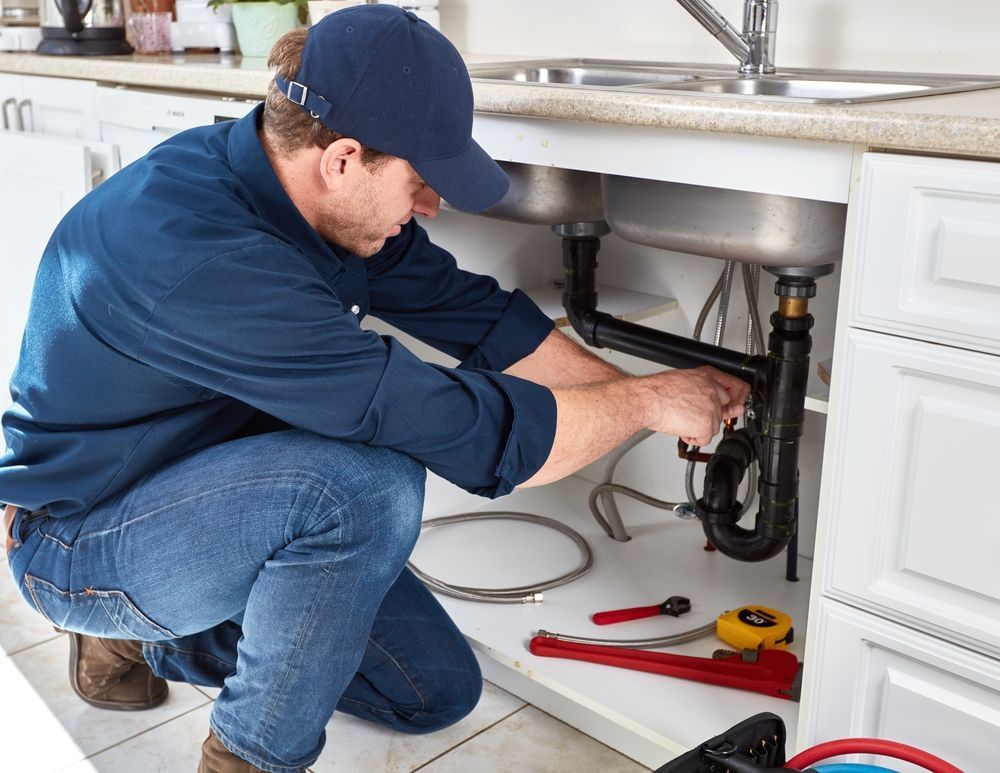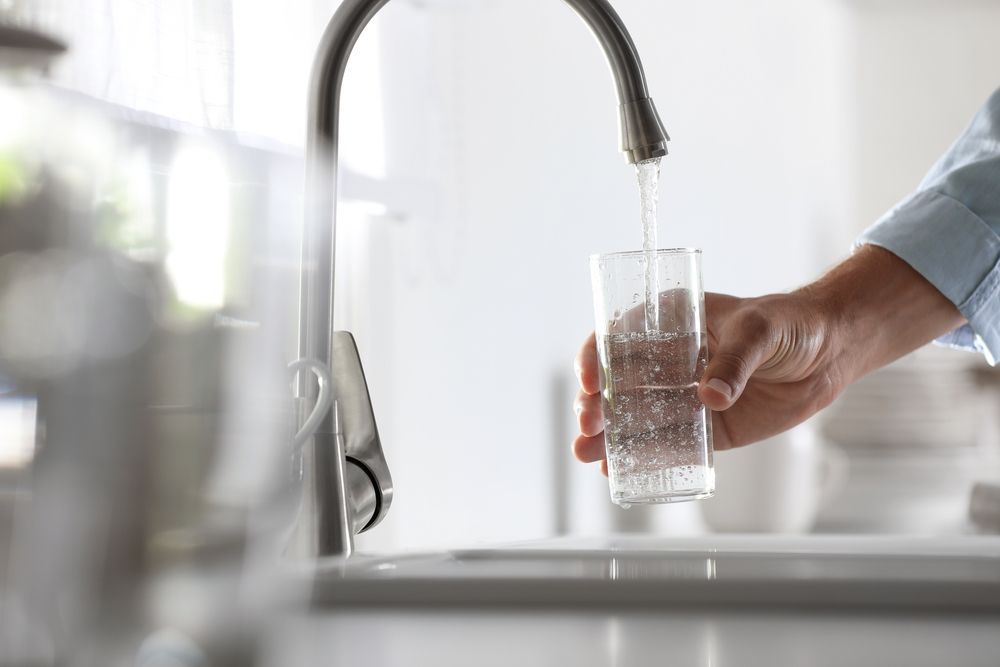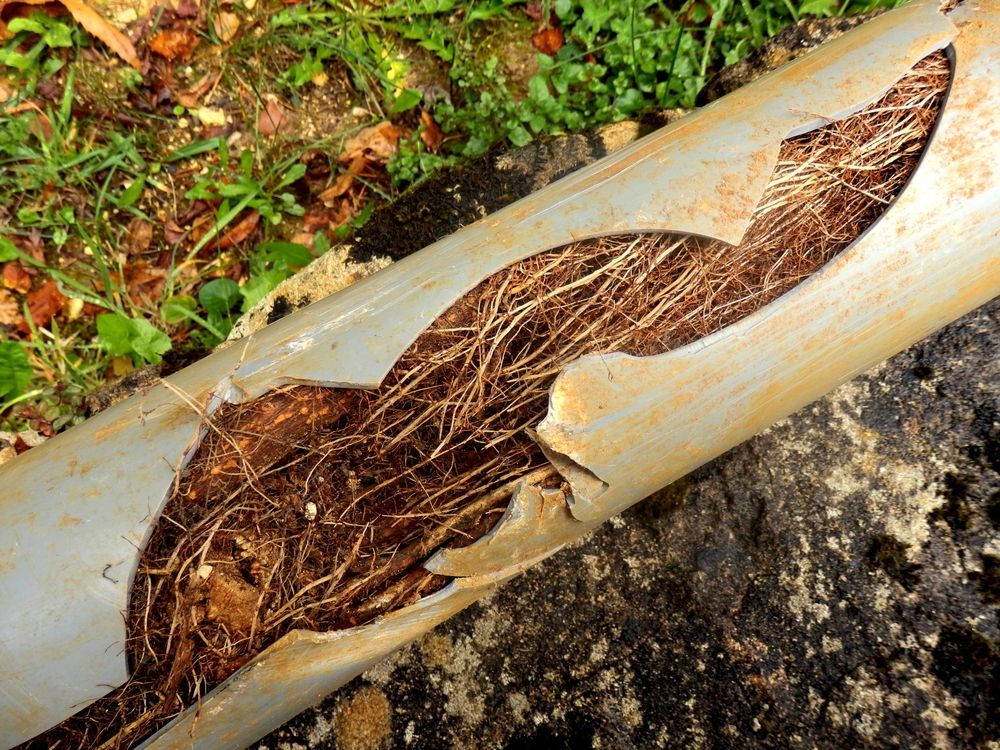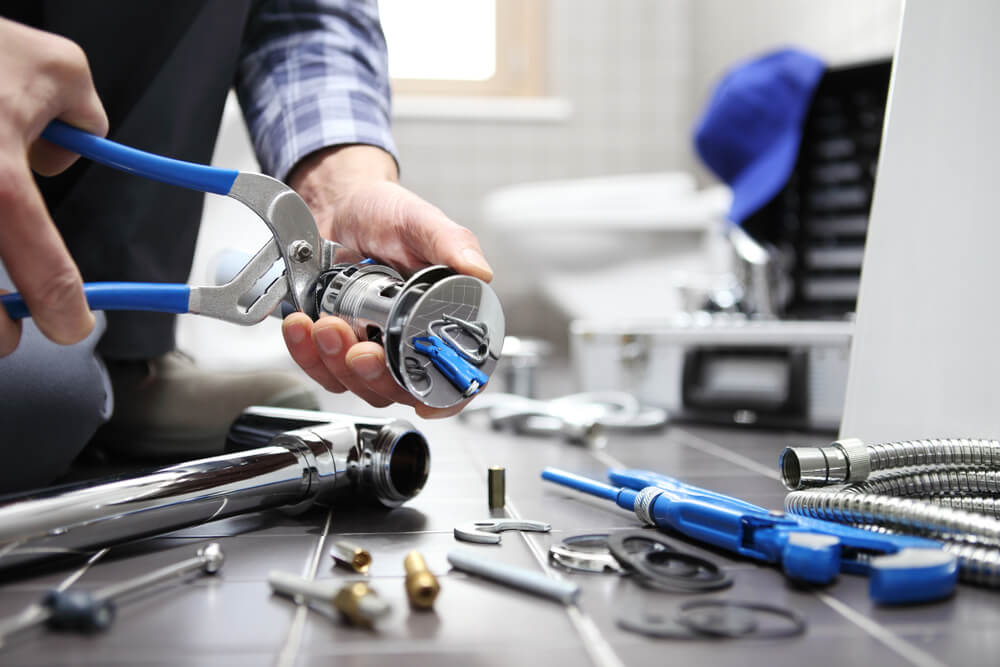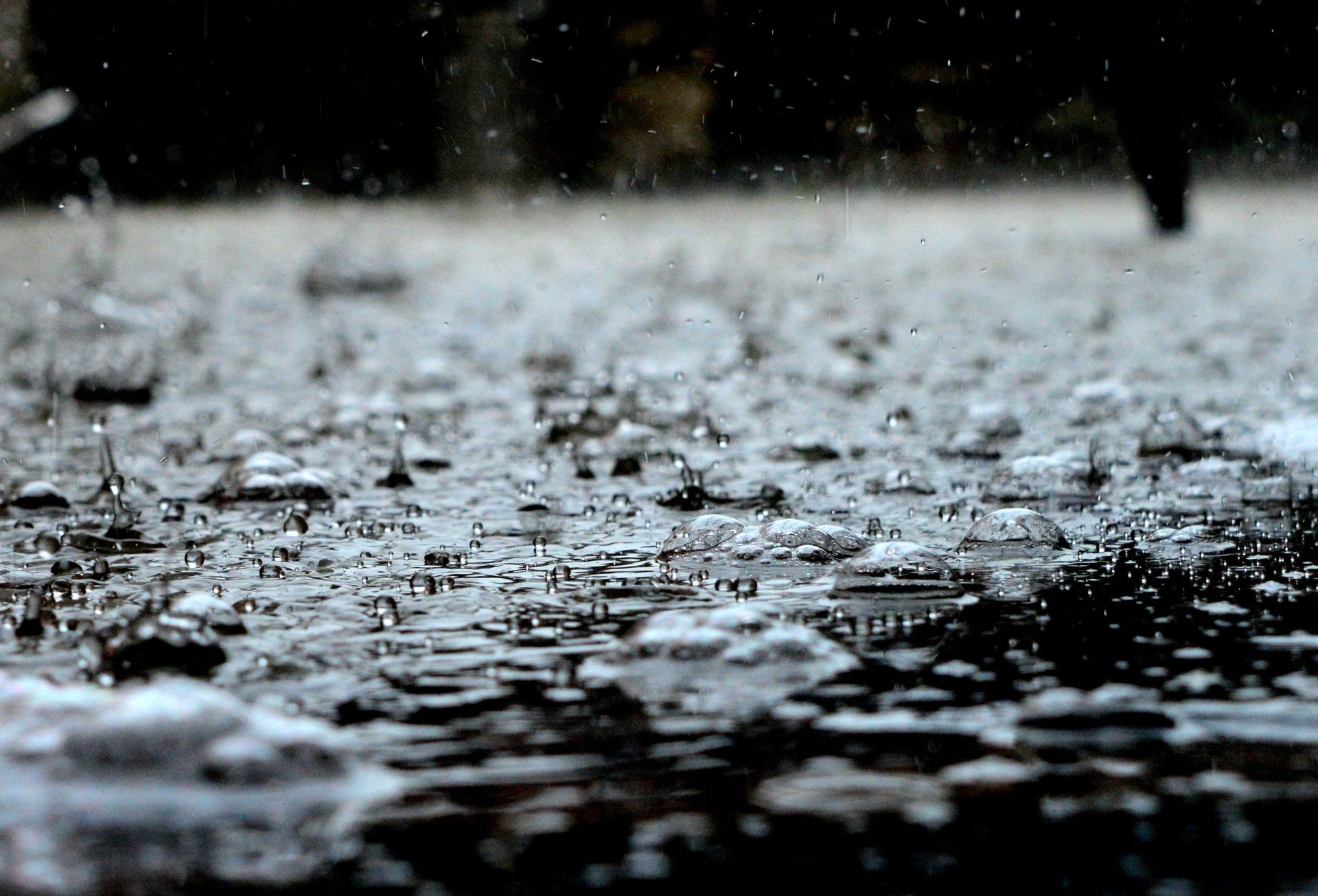Insinkerator Maintenance & Cleaning Tips
An insinkerator is a garbage disposal system installed in a kitchen sink drain to grind food into tiny particles, which can then be safely washed away.
When working in tip-top shape, an insinkerator garbage disposal unit can make it much easier to clean plates as they can be scraped directly into the sink while rinsing them. From an environmental perspective, it minimises the volume of perishable food going into your rubbish bin or, worse still, falling down your drain and creating an unpleasant smell.
Here at Pav Plumbing, we provide a comprehensive service around all your insinkerator plumbing needs, including installation, repair and service. Please contact our team if we can help. Otherwise, we hope these top tips are useful.
How to Maintain and Clean Insinkerators
Most insinkerators require very little maintenance if used correctly with running water. In fact, they are generally self-cleaning. By following a few simple tips, you can maximise the life of your insinkerator garbage disposal unit and avoid it jamming or breaking down.
1. Only use Insinkerators with water running, and always cold water
This means turning the cold water tap on before the blades are turned on and turning it off after you’ve switched off the blades. Ideally, you should wait until you can hear the whirring sound of the blades come to a stop before turning off the tap.
Water serves to cool the motor and blades, minimise friction while food is grinding, and wash away the waste. It is important to use cold water as it will cause fats and greases to congeal so they can be washed down the drain.
Hot water will dissolve fats and greases, but they may stick to the inside of the insinkerator garbage disposal unit and the drains. Over time, the buildup of fats and greases may cause the machine to break down or result in a
blocked drain.
2. Be mindful of how to use your insinkerator
It is also important to take care of how and what you feed into your insinkerator. How should items be fed? In a word, gradually. Stuffing too many items into your disposer at once is likely to cause it to jam.
If you have a lot to grind up, give the machine a few seconds to catch up by waiting until what is in the garbage disposal unit is gone before you insert more. If items are particularly large, cut them manually before inserting them. You should wait until you can hear the sound of only the blades whirring, which indicates the food has all gone, and it’s now OK to turn off the machine.
3. Know what not to put in an insinkerator
You can safely ground up vegetables, fruit and most other food scraps and wash them down the drain. Foods that contain large amounts of fat, such as fish and butter, should not be put into your garbage disposal unit. As professional plumbers, we often pull non-food items, including aluminium foil, glass and plastic, from broken machines.
4. Regularly cleaning an insinkerator is important
You should have received insinkerator cleaning instructions when you purchased your machine, and we recommend you follow these closely.
By making sure you always run cold water while the blades are turning your machine will largely clean itself. To maximise the life of your garbage disposal unit, it is worth manually cleaning it every couple of weeks. An easy way of doing this is to put half a cup of ice into the insinkerator (make sure the water is running and the blades are turned on before inserting the ice). This will remove any buildup of fat or grease.
To remove any odours coming from the kitchen sink drain, you can also grind half a lemon or grapefruit, which will release a pleasant citrus fragrance.
We hope this has been helpful! Feel free to call our local plumbers if we can assist with any of your insinkerator enquiries or needs.

